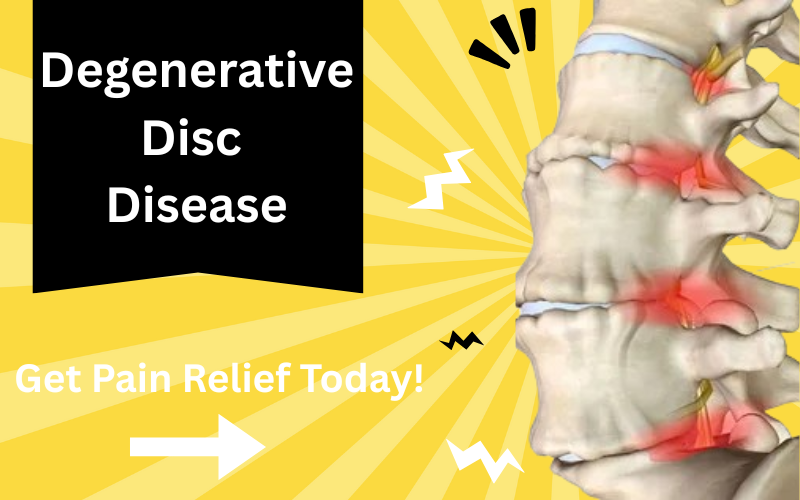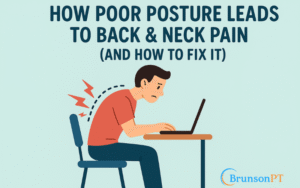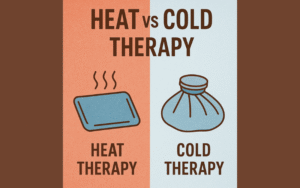Degenerative disc disease (DDD) is a common condition that affects many people as they age, causing discomfort and limiting movement. As the discs in the spine naturally wear down over time, they can lead to pain, stiffness, and even nerve issues. In this blog post, we’ll explore the causes, symptoms, treatment options, and prevention tips for managing degenerative disc disease, helping you maintain a healthy spine and an active lifestyle.
Table of Contents
🚨 Looking for more information about Sciatica? Check out our Ultimate guide to sciatica or other related posts throughout this site.
What is Degenerative Disc Disease?
Degenerative disc disease (DDD) is a condition that occurs when the intervertebral discs in the spine wear down over time. Despite the name, it is not actually a disease but a natural part of aging that can cause pain and discomfort. These discs act as shock absorbers between the vertebrae, allowing flexibility and movement. As they break down, they lose their ability to cushion the spine, leading to pain, stiffness, and reduced mobility.
How Degenerative Disc Disease Develops
The discs in the spine are made up of a tough outer layer (annulus fibrosus) and a gel-like inner core (nucleus pulposus). Over time, these discs undergo changes such as:
- Loss of hydration – Healthy discs are mostly water, but as they age, they dry out, making them less effective at absorbing shock.
- Disc thinning – The reduced water content causes the discs to shrink, leading to a loss of space between the vertebrae.
- Small tears and cracks – The outer layer of the disc can develop tears, which may lead to inflammation and pain.
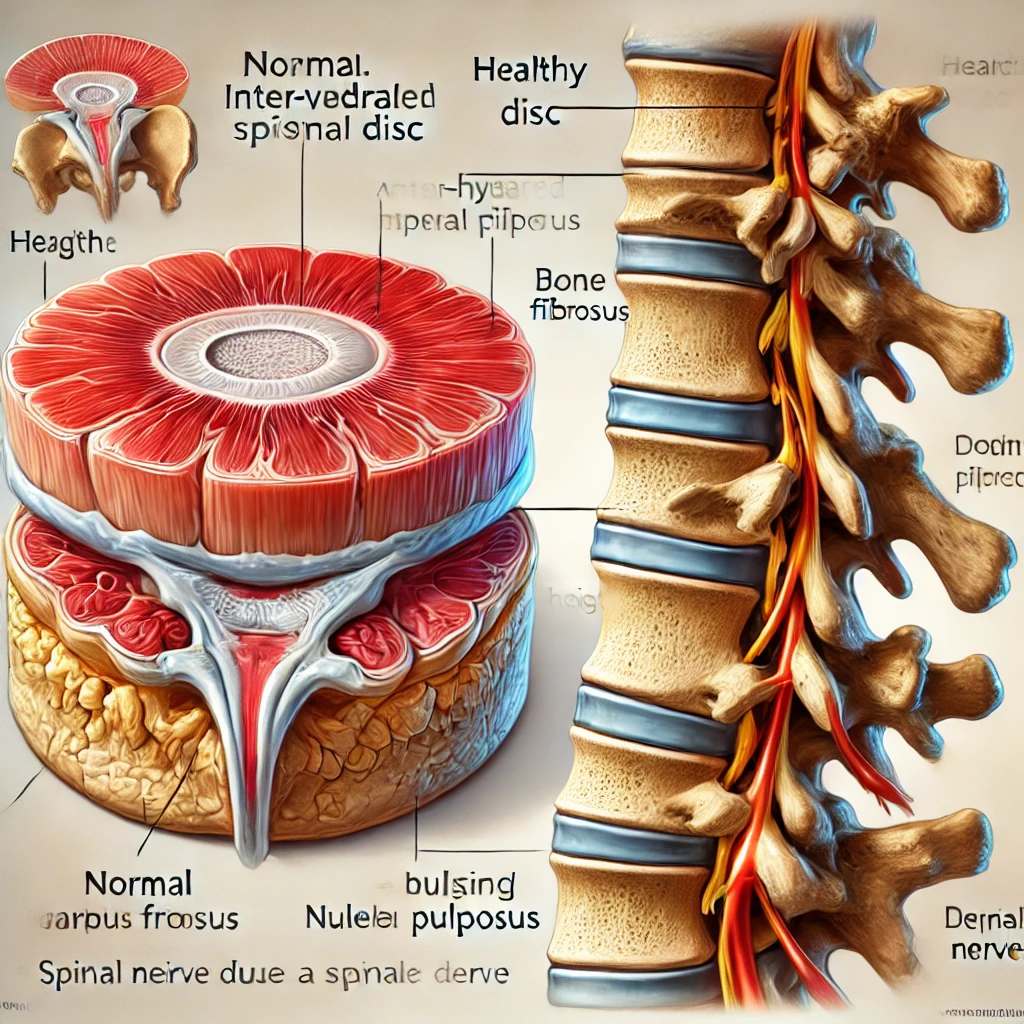
Common Misconceptions About Degenerative Disc Disease
- It is not actually a disease – DDD is a natural aging process, though it can cause significant discomfort.
- Not everyone experiences pain – Some people with disc degeneration have no symptoms, while others experience chronic pain.
- It doesn’t always worsen over time – Many people find that their symptoms improve with the right treatment and lifestyle adjustments.
Causes and Risk Factors of Degenerative Disc Disease
Degenerative disc disease (DDD) is primarily caused by the natural aging process, but certain factors can speed up disc degeneration and increase the risk of developing symptoms. Understanding these causes and risk factors can help with prevention and early management.
Primary Causes of Degenerative Disc Disease
- Aging and Wear and Tear
- Over time, spinal discs lose water content, making them less effective at absorbing shock.
- Disc thinning reduces the space between vertebrae, leading to stiffness and discomfort.
- Repetitive Stress and Overuse
- Jobs or activities that involve heavy lifting, bending, or prolonged sitting can place excessive strain on the spine.
- Athletes and individuals with physically demanding lifestyles may experience faster disc breakdown.
- Injury and Trauma
- Accidents, falls, or sudden impacts can damage spinal discs, accelerating the degeneration process.
- Even minor injuries can lead to long-term disc wear if not properly treated.
Risk Factors That Increase the Likelihood of Degenerative Disc Disease
- Genetics
- Some people inherit weaker discs, making them more prone to early degeneration.
- Obesity
- Excess body weight puts added pressure on the spine, leading to faster disc deterioration.
- Smoking
- Smoking reduces blood flow to the discs, limiting their ability to repair and maintain hydration.
- Poor Posture
- Slouching, prolonged sitting, and improper lifting techniques can accelerate disc wear.
- Sedentary Lifestyle
- Lack of movement and exercise weakens the muscles that support the spine, increasing strain on the discs.
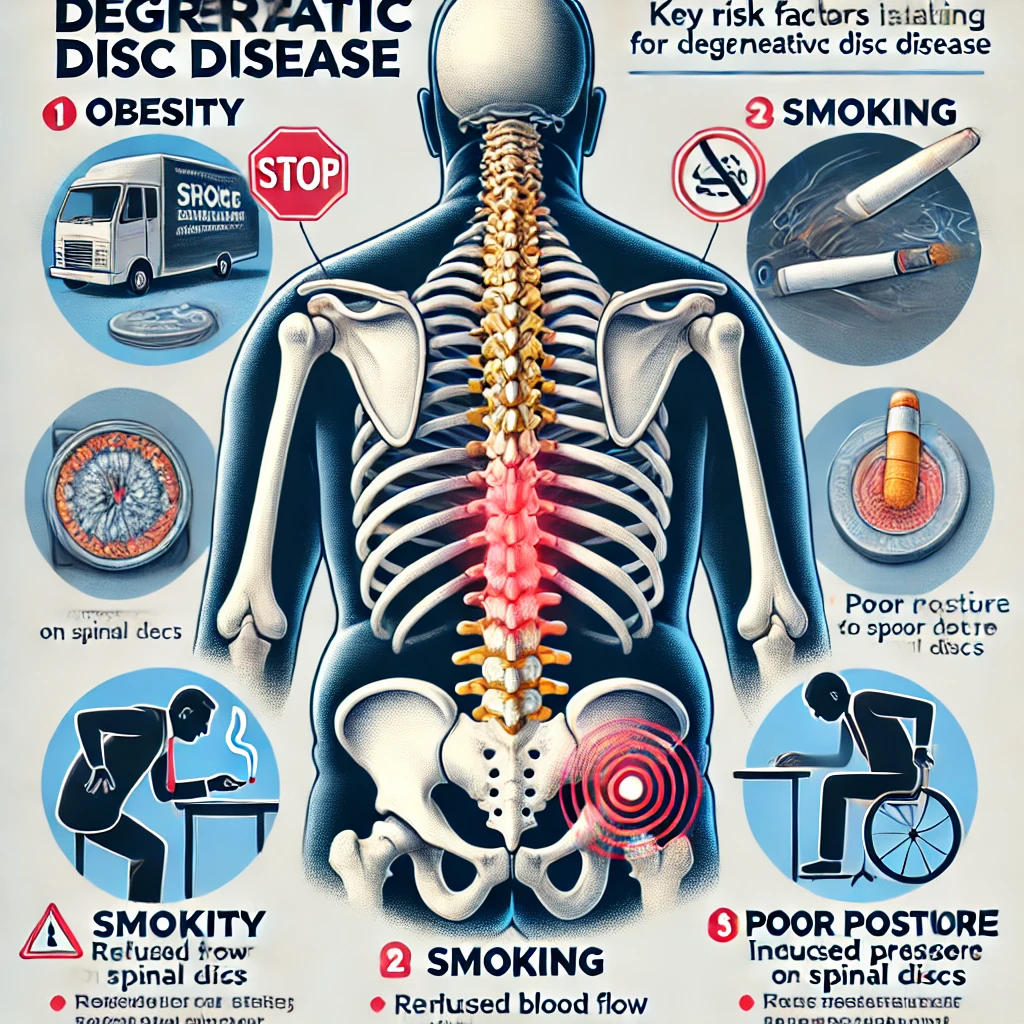
Symptoms and Diagnosis of Degenerative Disc Disease
Degenerative disc disease (DDD) can cause a range of symptoms depending on the severity of disc degeneration and the affected area of the spine. Some people experience mild discomfort, while others suffer from chronic pain that interferes with daily activities. Early diagnosis is key to managing symptoms effectively.
Common Symptoms of Degenerative Disc Disease
- Chronic Back or Neck Pain
- Pain is often localized to the lower back (lumbar spine) or neck (cervical spine).
- The pain may be dull and persistent or sharp and sudden.
- Pain That Worsens with Movement
- Sitting for long periods, bending, or lifting can increase discomfort.
- Walking or changing positions may temporarily relieve pain.
- Nerve Pain (Radiating Pain, Tingling, or Numbness)
- If a degenerated disc compresses a nerve, pain may radiate to the arms (cervical DDD) or legs (lumbar DDD).
- Some people experience tingling, numbness, or weakness in the affected area.
- Stiffness and Reduced Flexibility
- Difficulty bending, twisting, or standing up after sitting for long periods.
- Morning stiffness that improves with movement.
- Flare-Ups and Periods of Relief
- Pain intensity can fluctuate, with episodes of severe discomfort followed by periods of relief.
How Degenerative Disc Disease is Diagnosed
A doctor will use a combination of medical history, physical examination, and imaging tests to confirm degenerative disc disease.
- Medical History and Physical Examination
- Discussion of symptoms, lifestyle, and past injuries.
- Tests to check flexibility, range of motion, and nerve function.
- Imaging Tests
- X-rays – Reveal disc space narrowing and bone changes.
- MRI (Magnetic Resonance Imaging) – Provides a detailed view of disc health, nerve compression, and inflammation.
- CT Scan – Sometimes used for a clearer picture of bone structures.
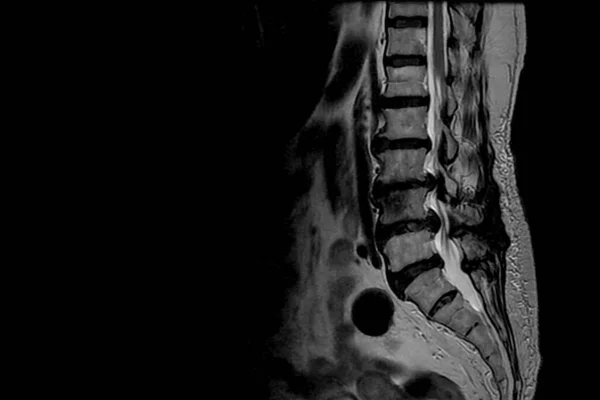
Treatment Options for Degenerative Disc Disease
Degenerative disc disease (DDD) can be managed with a variety of treatment options, depending on the severity of symptoms. While there is no way to completely reverse disc degeneration, many treatments can help reduce pain, improve mobility, and enhance quality of life.
Non-Surgical Treatment Options
Most cases of degenerative disc disease can be treated without surgery. These conservative treatments focus on pain relief, strengthening the spine, and preventing further degeneration.
- Physical Therapy and Exercise
- Strengthening core and back muscles to support the spine.
- Stretching exercises to improve flexibility and reduce stiffness.
- Low-impact activities like swimming or walking to maintain mobility.
- Medications for Pain Relief
- Over-the-counter pain relievers (ibuprofen, acetaminophen) to reduce inflammation and discomfort.
- Prescription medications (muscle relaxants, nerve pain medications) for more severe cases.
- Lifestyle Modifications
- Maintaining a healthy weight to reduce stress on the spine.
- Practicing good posture to minimize strain on the discs.
- Using ergonomic furniture and supportive footwear.
- Injections for Pain Management
- Corticosteroid injections to reduce inflammation and provide temporary pain relief.
- Nerve blocks to numb affected nerves and reduce radiating pain.
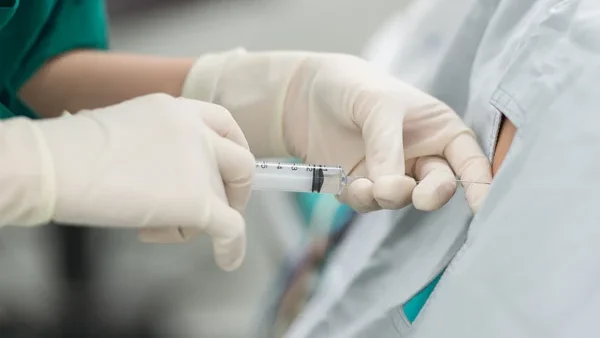
Surgical Treatment Options
Surgery is considered only if conservative treatments fail and the condition severely affects daily life.
- Discectomy
- Removal of part of a damaged disc that is pressing on a nerve.
- Spinal Fusion
- Two or more vertebrae are fused together to stabilize the spine and reduce pain.
- Artificial Disc Replacement
- The damaged disc is replaced with an artificial one to maintain spinal movement.
Final Tips for Managing Degenerative Disc Disease
Living with degenerative disc disease (DDD) can be challenging, but with the right strategies, you can reduce pain, improve mobility, and maintain a good quality of life. Consistency is key—small lifestyle changes can have a big impact on spinal health over time.
Practical Tips for Managing Degenerative Disc Disease
- Listen to Your Body
- Avoid activities that worsen pain and make adjustments to daily movements.
- Take breaks when sitting or standing for long periods.
- Stay Consistent with Exercise and Stretching
- Perform spine-friendly exercises regularly to strengthen and support the back.
- Stretching can help relieve stiffness and improve flexibility.
- Use Heat and Cold Therapy
- Cold packs reduce inflammation and numb sharp pain.
- Heat therapy relaxes muscles and improves blood flow to the spine.
- Invest in Supportive Sleep and Seating
- Choose a mattress and pillow that support spinal alignment.
- Use a lumbar cushion when sitting for extended periods.
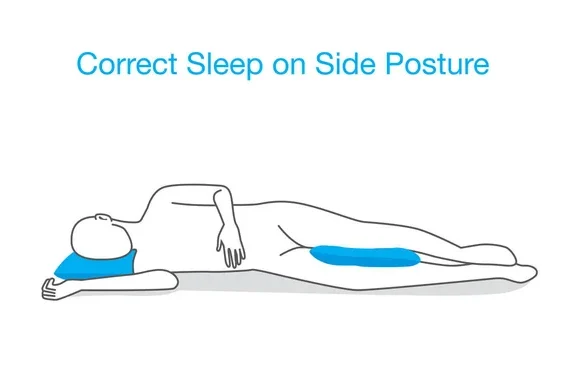
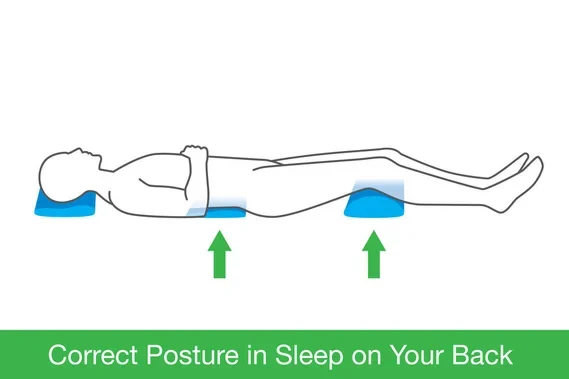
- Consider Professional Help When Needed
- Physical therapy can help develop a personalized treatment plan.
- Chiropractic care or acupuncture may provide additional pain relief.
- Stay Positive and Keep Moving
- Managing degenerative disc disease is a long-term process, but staying active and making small daily improvements can lead to long-term relief.
Conclusion
Degenerative disc disease is a common condition that affects many people as they age, but it doesn’t have to control your life. By understanding its causes, symptoms, and treatment options, you can take proactive steps to manage pain and protect your spine. Simple lifestyle changes—such as maintaining good posture, staying active, and making healthy choices—can help slow the progression of disc degeneration and improve your overall quality of life.
If you’re experiencing persistent back or neck pain, consult a healthcare professional for a proper diagnosis and personalized treatment plan. With the right approach, you can continue to move, work, and enjoy life with less discomfort.
🚀 Looking for the best home rehab equipment to support your degenerative disc disease exercises? Check out our top recommendations! (Yoga Mat, Stretcher Tool, Electrotherapy – TENS unit)


